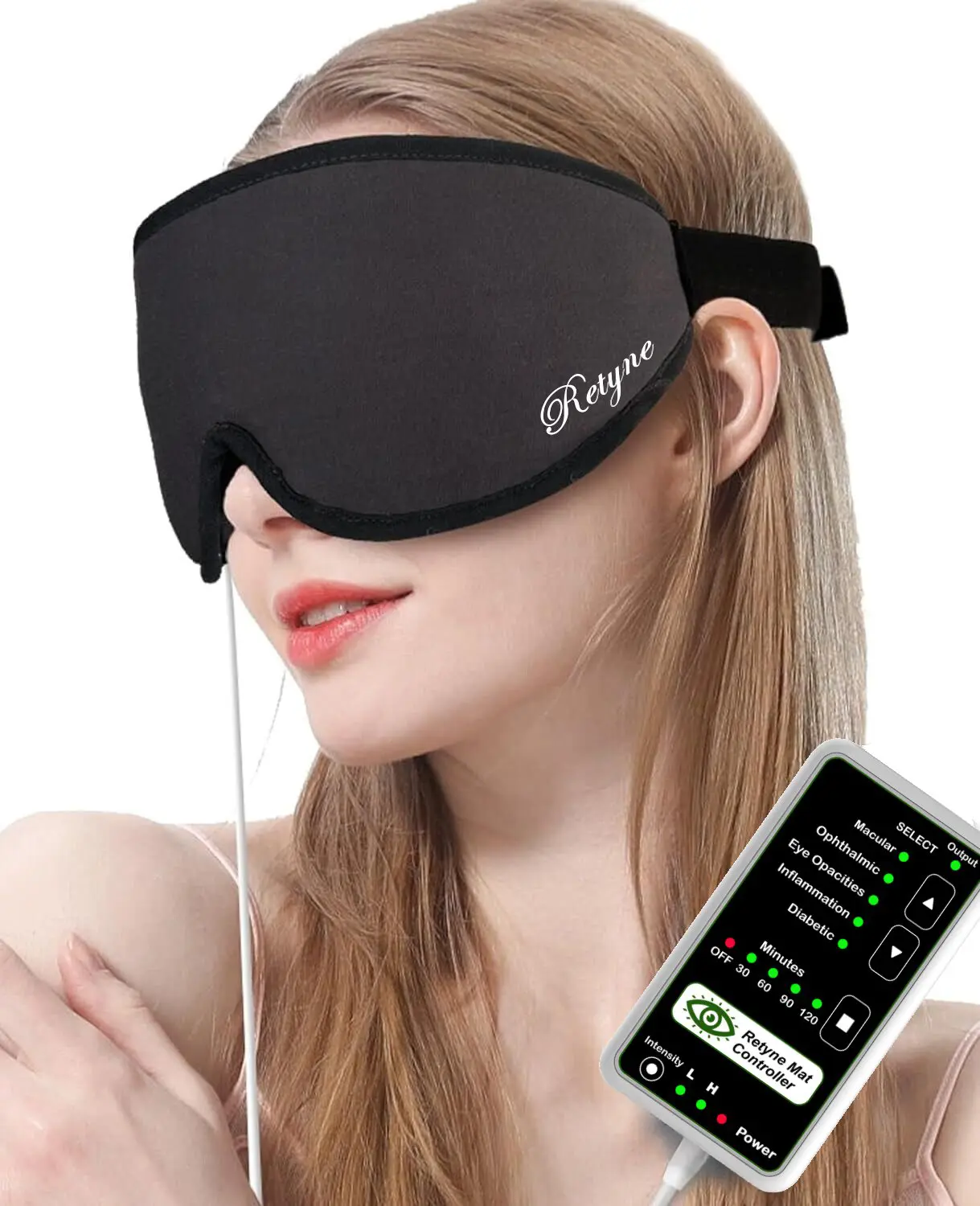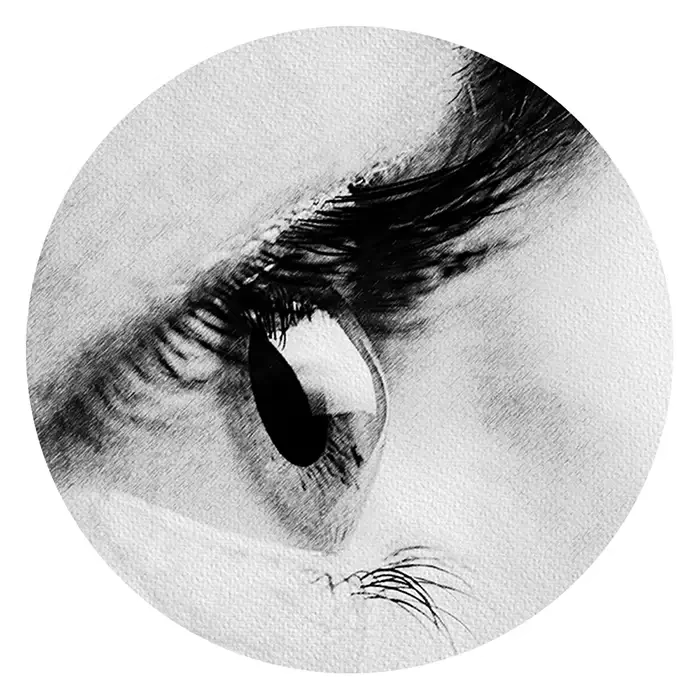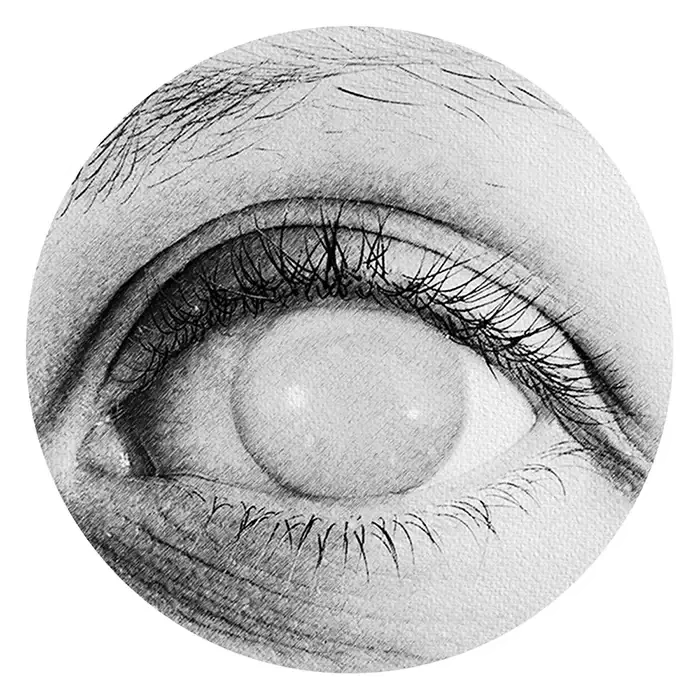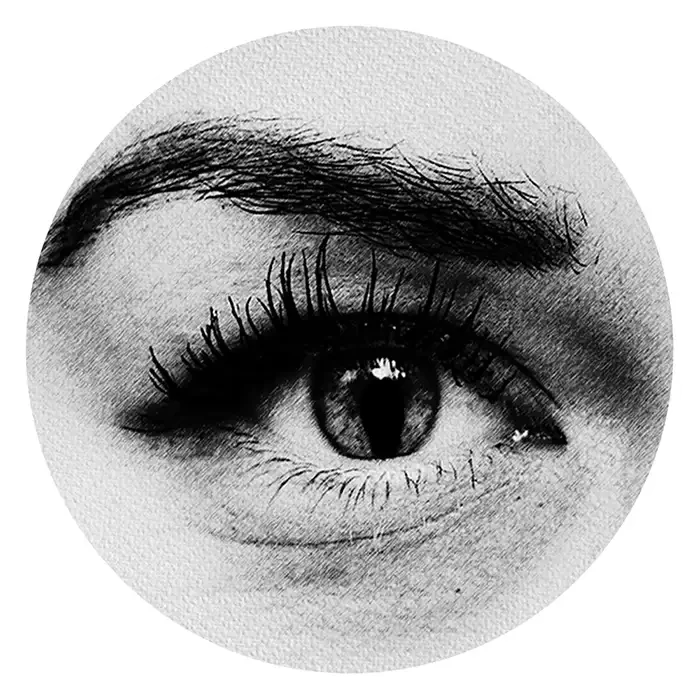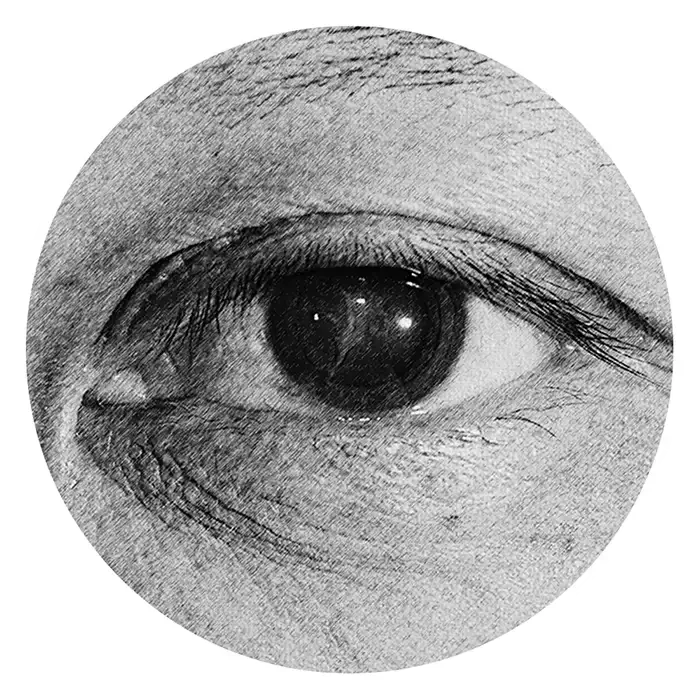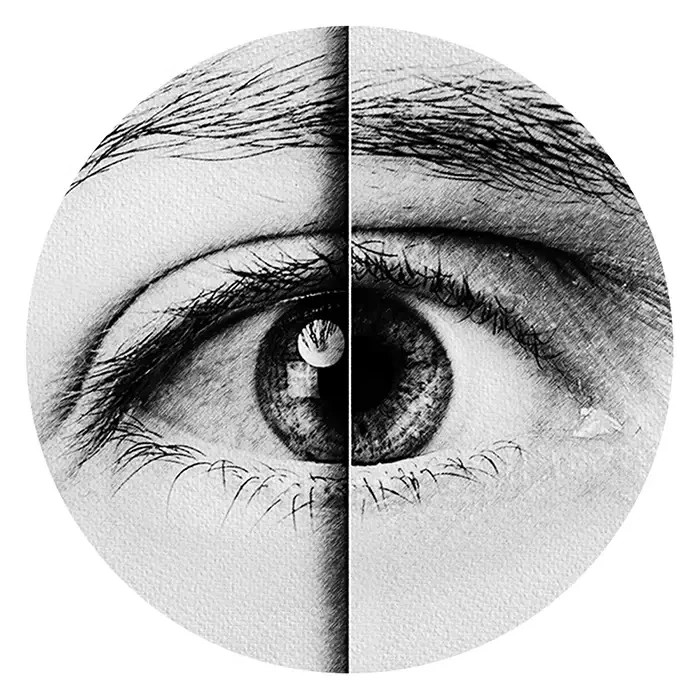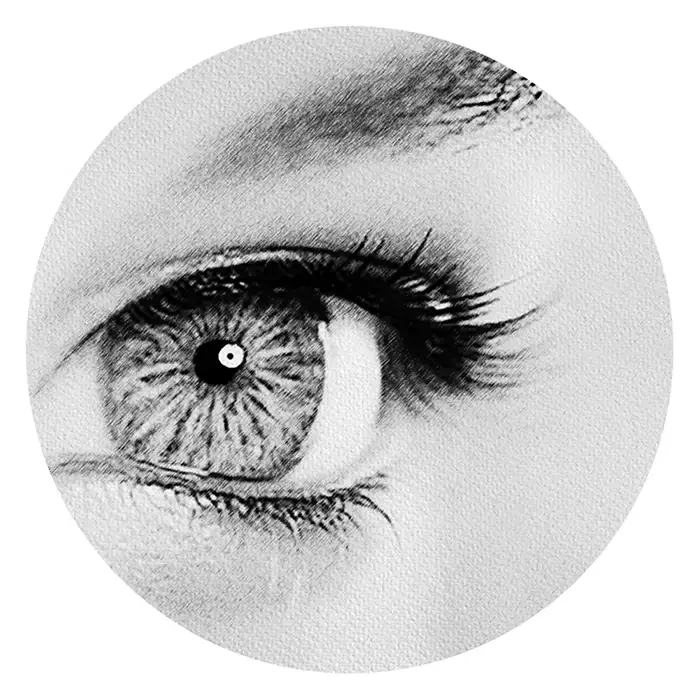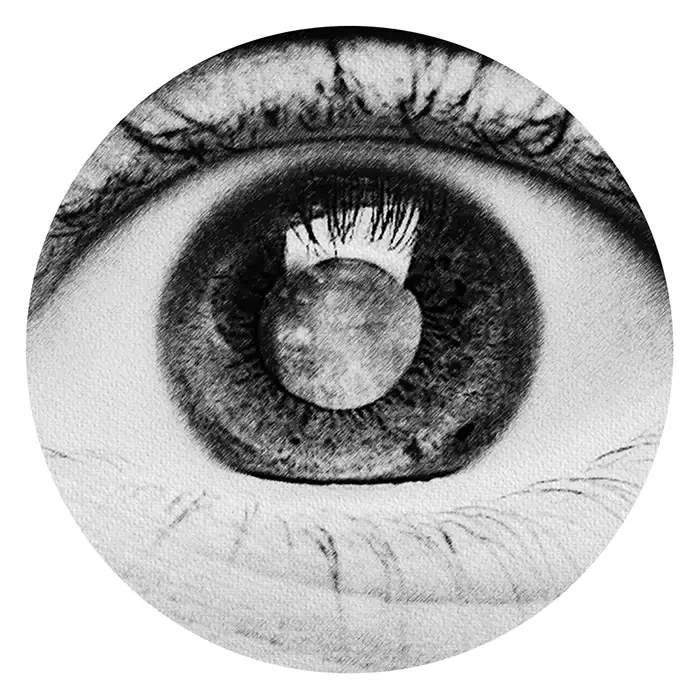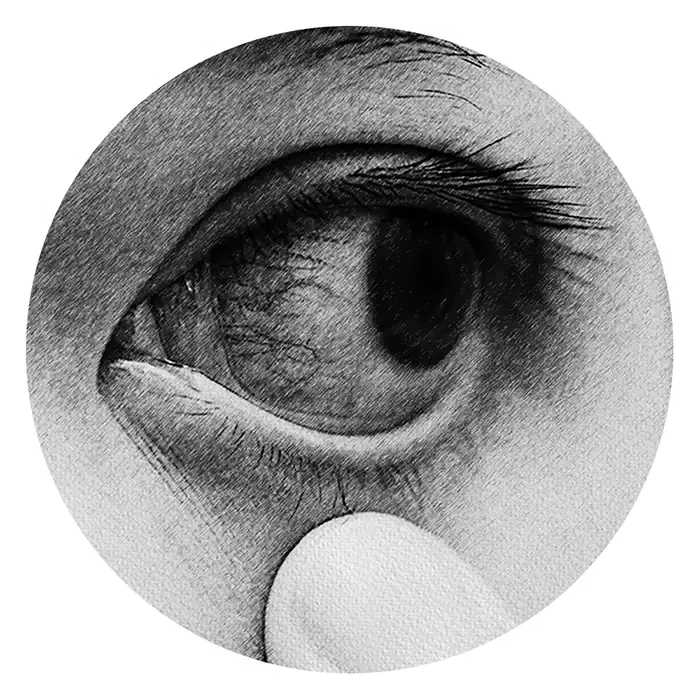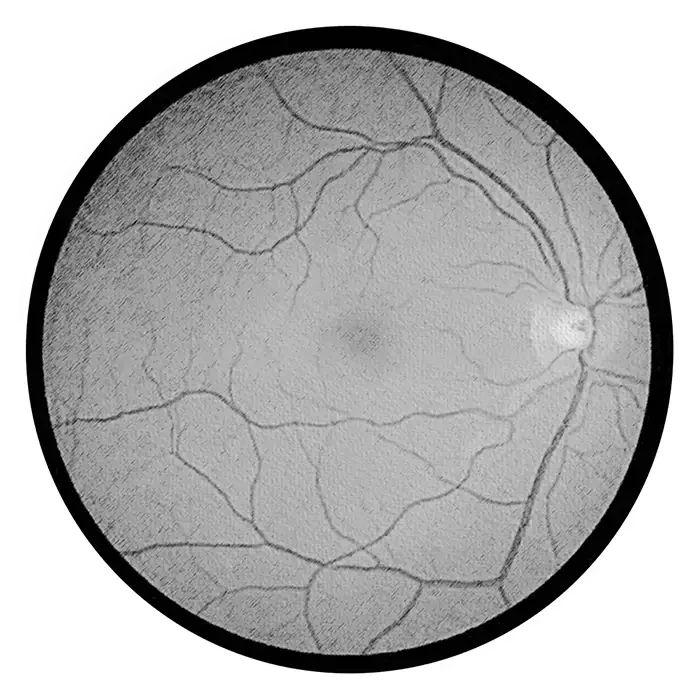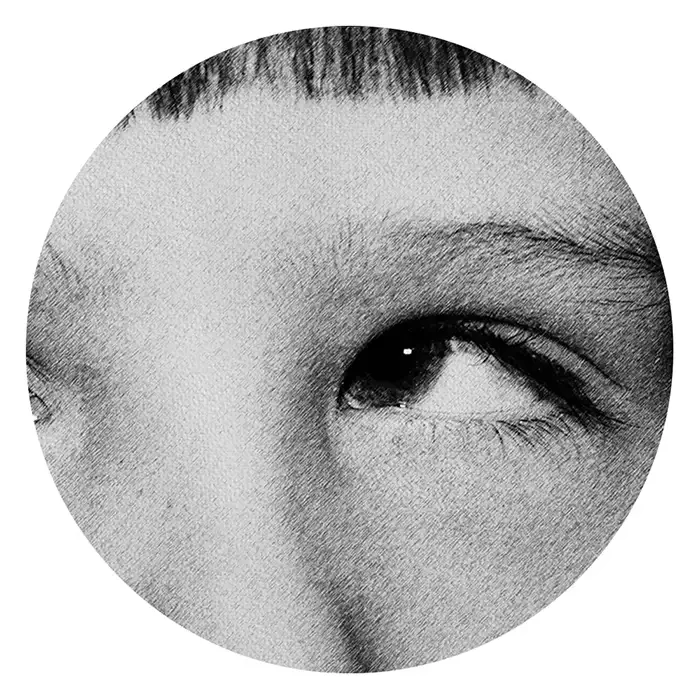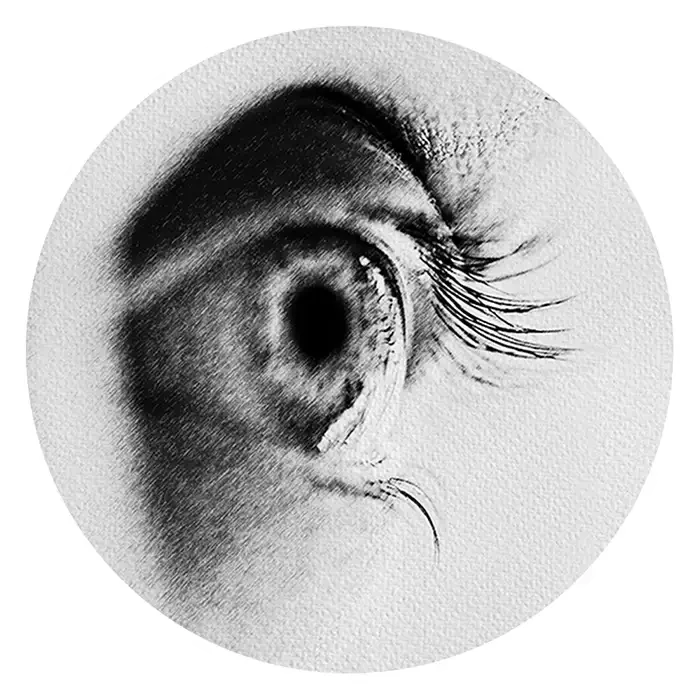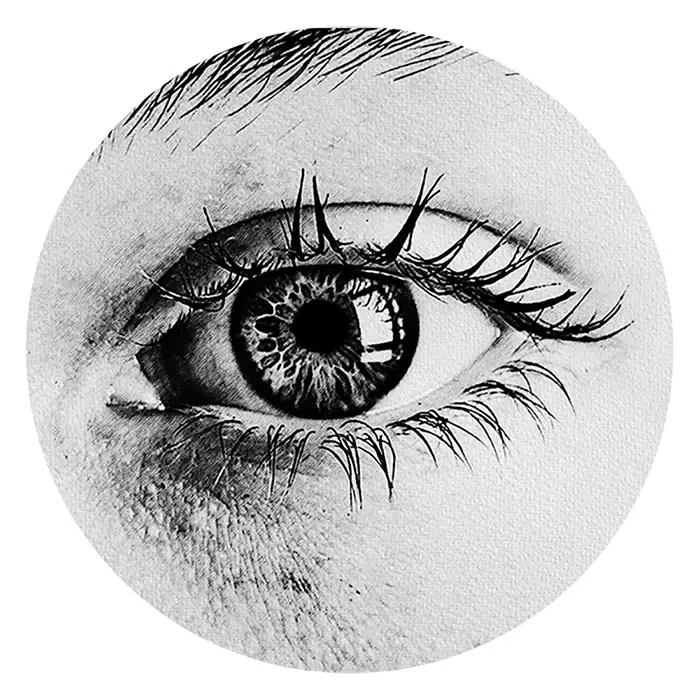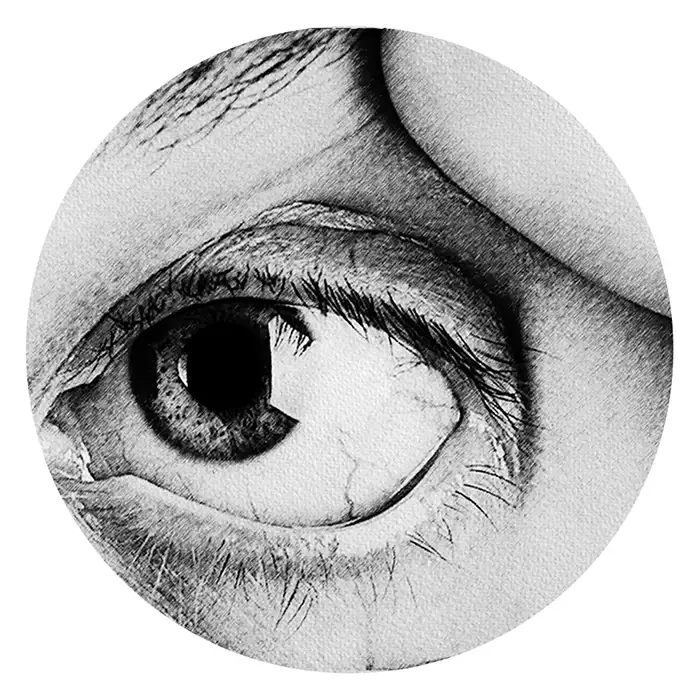Treatment of Retinoblastoma with Retyne Invisible Infrared Technology
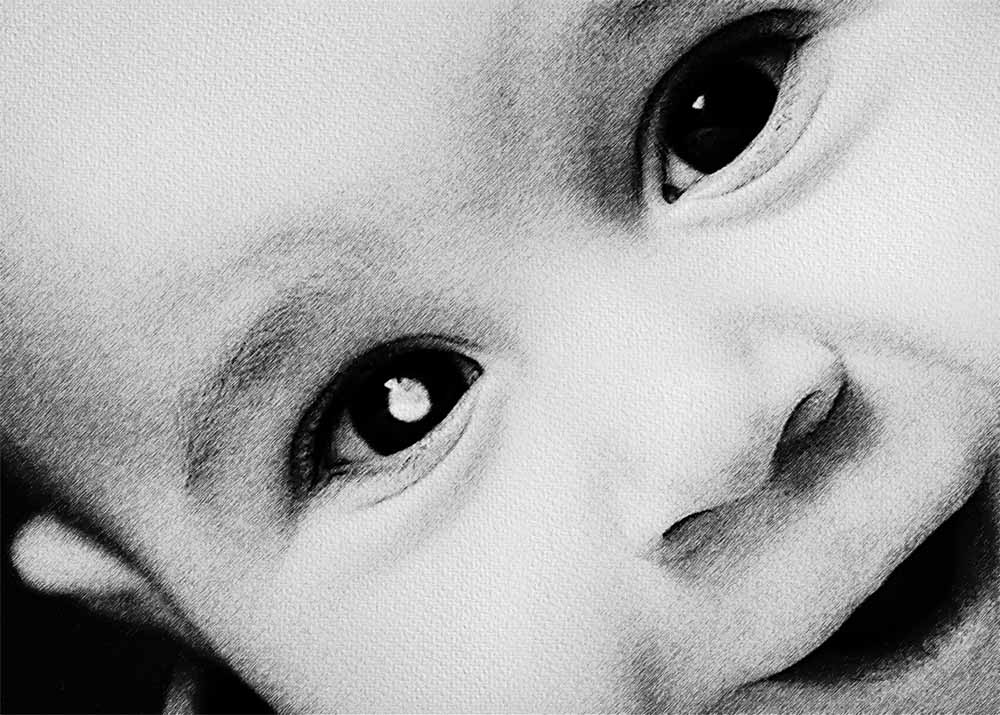
Retinoblastoma is a rare and aggressive Retinoblastoma that primarily affects children, usually under the age of five. It originates in the retina, the light-sensitive tissue lining the back of the eye, and can lead to vision loss or even loss of the eye if left untreated. There are two main types of retinoblastoma: hereditary (familial) and sporadic (non-hereditary).
Diagnosis and Classification:
Diagnosis of retinoblastoma typically involves a comprehensive eye examination, including dilated fundus examination, imaging tests such as ultrasound or magnetic resonance imaging (MRI), and often genetic testing to determine whether the condition is hereditary or sporadic. Retinoblastoma is classified based on various factors, including tumor size, location, and whether it has spread beyond the eye.
Retinoblastoma is not directly related to diabetes. However, diabetes can indirectly impact the management of retinoblastoma due to its effects on ocular health. Individuals with diabetes are at higher risk of developing diabetic retinopathy, a condition characterized by damage to the blood vessels in the retina. The presence of diabetic retinopathy may complicate the diagnosis and treatment of retinoblastoma, requiring careful monitoring and coordination of care.
Treatment and Management:
Treatment options for retinoblastoma depend on the size and location of the tumor, as well as whether it has spread beyond the eye. Treatment may include chemotherapy, radiation therapy, laser therapy, cryotherapy, or surgical removal of the affected eye (enucleation). The goal of treatment is to eradicate the tumor while preserving vision and preventing metastasis to other parts of the body.

Role of Retyne Infrared Eye Treatment:
While the Retyne Infrared Eye Treatment mask is not a primary treatment modality for retinoblastoma, it may offer adjunctive benefits in the management of associated symptoms or complications. Program #5 on the Retyne controller delivers invisible infrared light to the affected eye, which can help reduce inflammation, promote tissue healing, and alleviate discomfort associated with treatment side effects. Additionally, infrared therapy may have a supportive role in enhancing the overall effectiveness of conventional treatments.
Retinoblastoma poses significant challenges in the management of pediatric Retinoblastomas, requiring a multidisciplinary approach to optimize outcomes. While not directly related to diabetes, retinoblastoma can present unique considerations in individuals with diabetes-related ocular complications. The Retyne Infrared Eye Treatment Mask, through program #5, offers a non-invasive therapeutic option to complement standard treatments for retinoblastoma. By harnessing the benefits of invisible infrared light, this innovative therapy may provide relief from treatment-related symptoms and support ocular health in children with retinoblastoma.
The Retyne eye treatment mask utilizes a general selection of frequencies (0.15, 0.89, 1.7, 6.97, 12.89, 62.3, 421, 465, 895, 951.3 ) tailored to address the symptoms related to Retinoblastoma. These frequencies have been meticulously chosen for their proven effectiveness in managing and treating this visual condition.
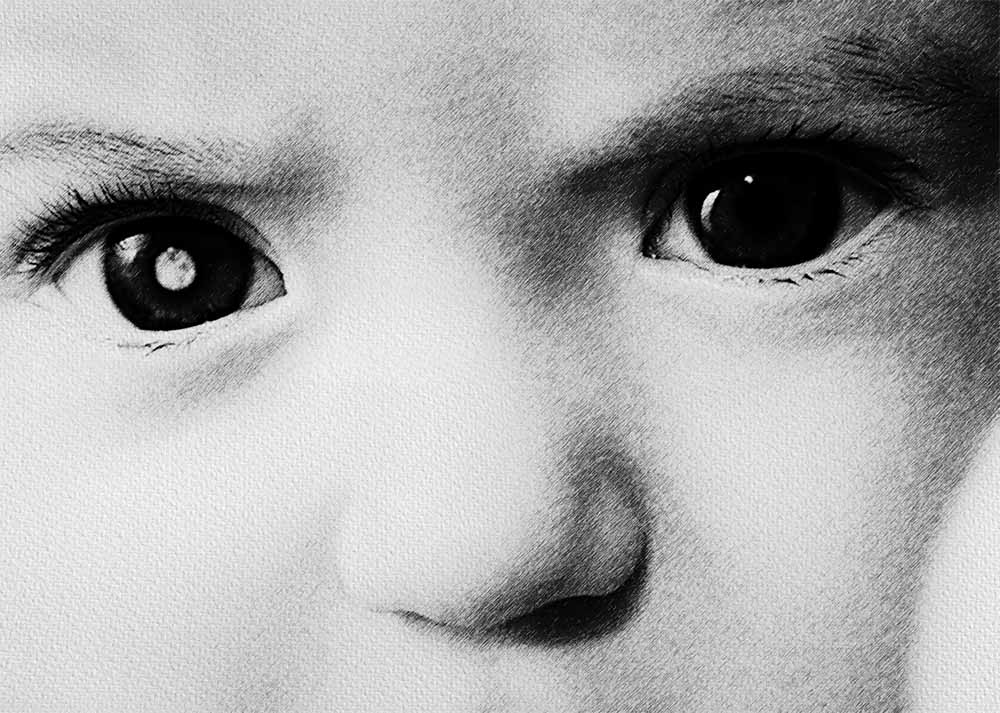
Retyne's approach involves converting each frequency into invisible infrared light output, marking a groundbreaking fusion of frequencies with light—a pioneering technology pioneered by Retyne Labs. Inspired by the groundbreaking work of Dr. Rife, who identified healing properties in specific frequencies and utilized light for their transmission, Retyne's innovative method capitalizes on current research on invisible infrared technology and builds upon past studies on light transmission through frequency sources. The result is the Retyne eye Treatment Mask, a convergence of state-of-the-art advancements in the field of visual care.
Moreover, for those utilizing advanced hardware such as the RDPV4, a secondary set of alternate frequencies for Retinoblastoma: 0.07, 2.12, 5.69, 20, 93.5, 175.75, 434.5, 527, 667, 873.29 is available. The RDPv4 offers an expanded range of frequencies, finely calibrated to provide even greater precision in addressing Retinoblastoma. By incorporating this secondary set of frequencies, the RDPV4 elevates the potential therapeutic benefits of the Retyne eye Treatment Mask, catering to individuals seeking advanced solutions for their visual health needs.
A Retinoblastoma Compatibile group exists at program 1229 (0.15, 0.89, 1.7, 6.97, 12.89, 62.3, 421, 465, 895, 951.3 )
A Retinoblastoma Specific group exists at program 480: Cancer: Eye: 0.07, 2.12, 5.69, 20, 93.5, 175.75, 434.5, 527, 667, 873.29
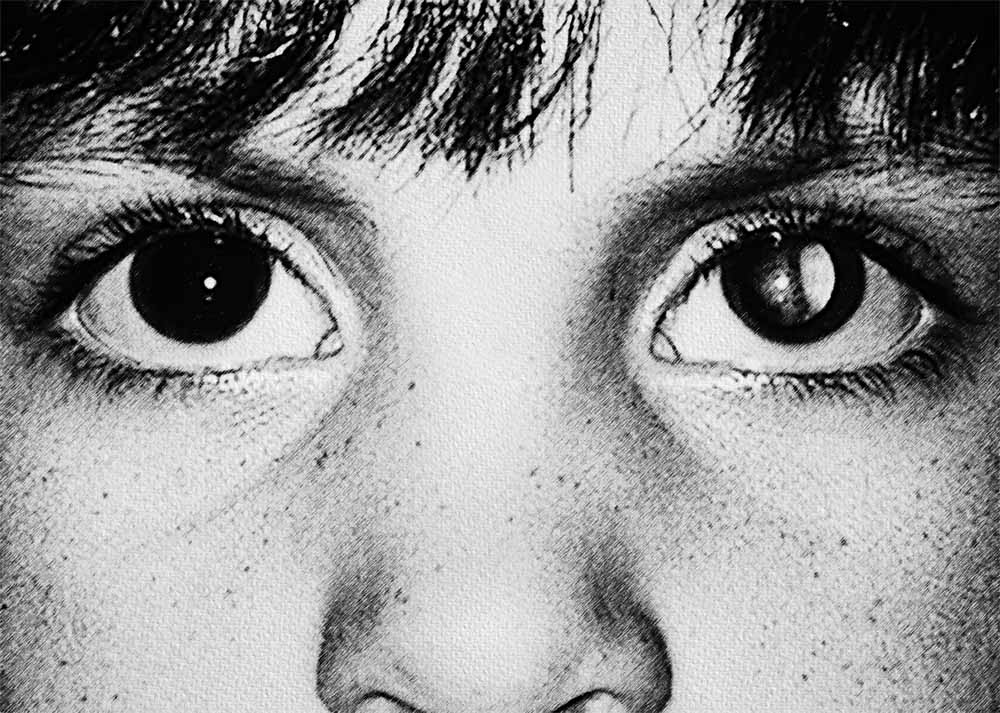
In conclusion, it's essential to highlight that Group 480: Cancer (Eye): 0.07, 2.12, 5.69, 20, 93.5, 175.75, 434.5, 527, 667, 873.29 should be regarded as the Primary Group for eye cancer frequencies when utilizing the Retyne Infrared Mat. These specific frequencies have been meticulously selected and tailored to address the unique characteristics and challenges posed by ocular malignancies. By targeting with these frequencies, the Retyne Mask aims to provide effective therapeutic interventions for individuals battling eye malignancies.
In order to effectively utilize the cancer frequency groups, it is recommended to concurrently use a second frequency generator or a Rife machine equipped with velcro straps fastened securely to the feet. This approach allows for simultaneous application of frequencies, enhancing the precision and efficacy of the treatment. By employing multiple frequencies in tandem, the therapeutic impact of the treatment can be maximized.
Compatibility
Standalone controller (Program #5) (Controller shipped with Retyne Eye Treatment Mask)
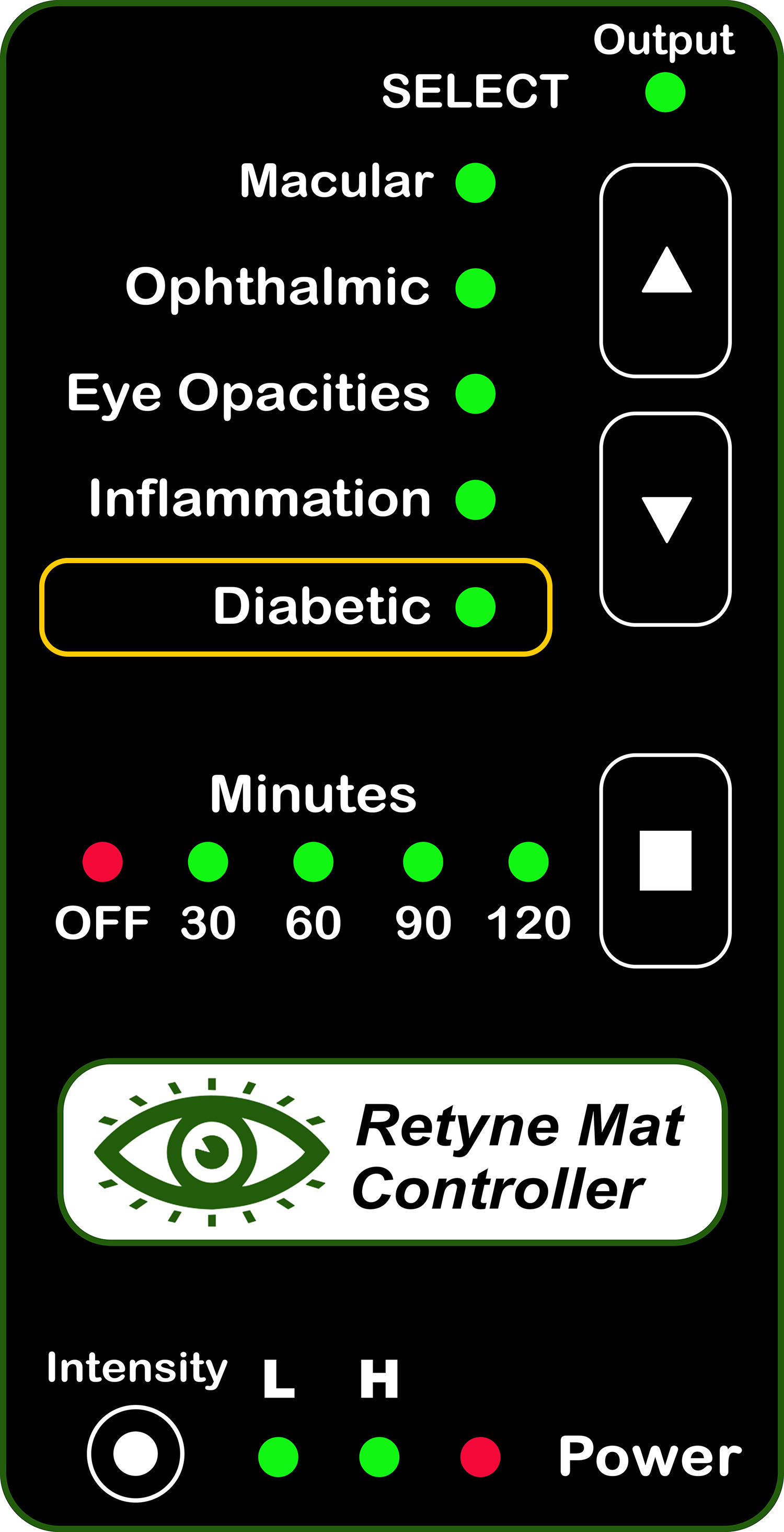
RDPV4 (Direct connect, use group 480)
RDPV4 Light Mask Program button 5
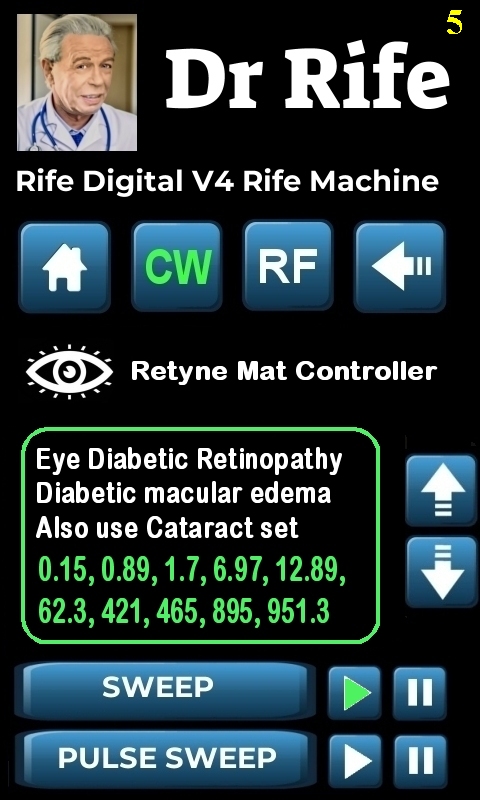
Click here for instructions on using the Retyne Mask + Controller
